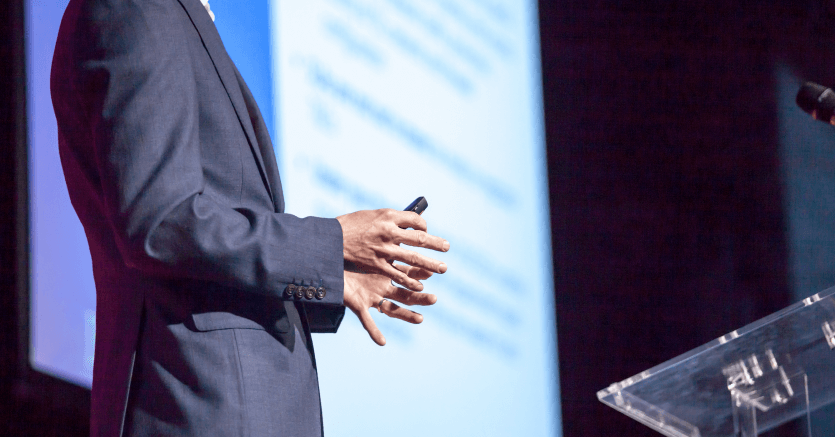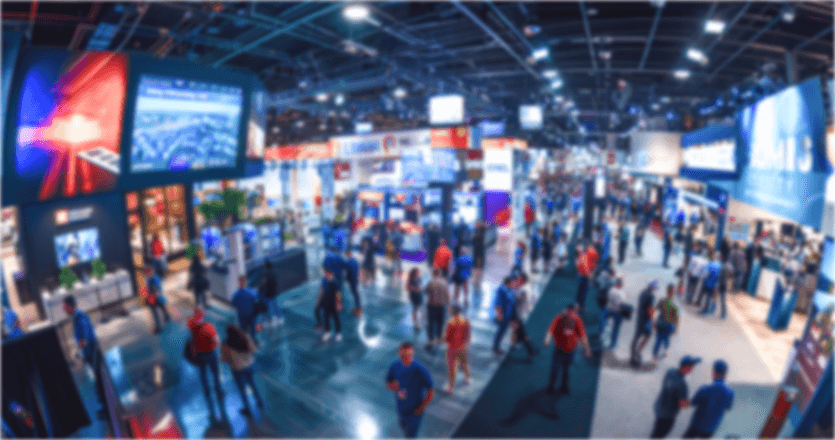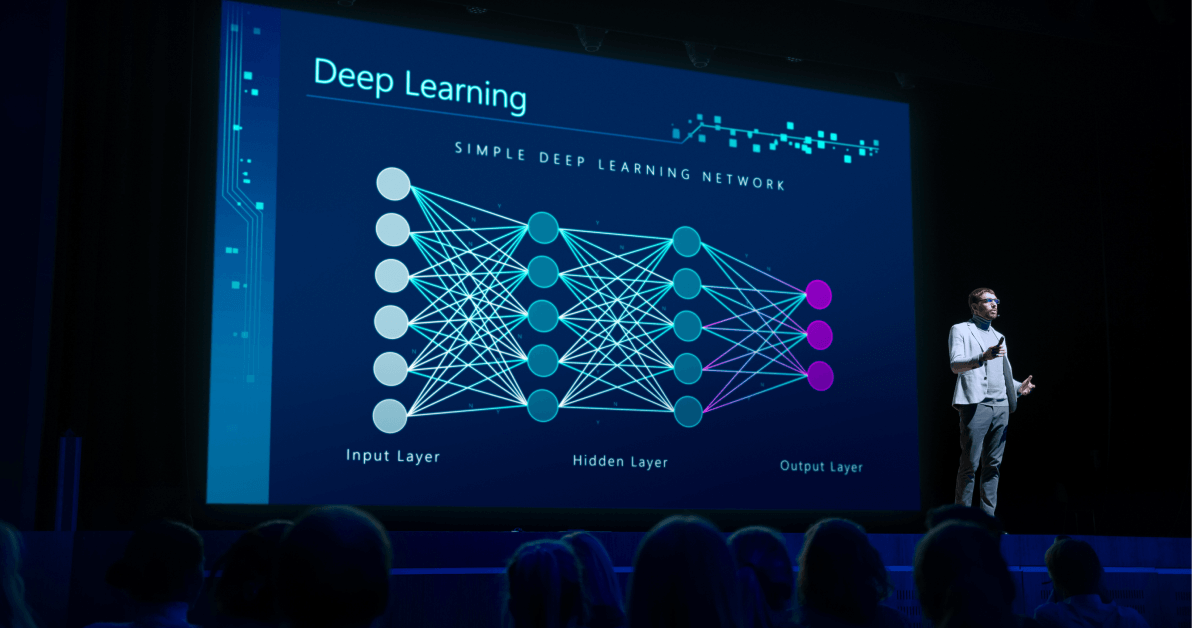If you’ve ever attended a big event or conference, you’ve probably felt overwhelmed by the crowds or struggled to find the information or area you needed, only to end up getting lost. Even when organizers did their best to make everyone comfortable, there was only so much they could do. They couldn’t be everywhere at once, helping every attendee, and faced clear limitations in staying organized. After all, it’s impossible to have staff available for every individual need.
Over the years, though, things have changed for the better! Digital signage has seen a remarkable rise, especially in the events industry. It has helped organizers streamline operations, allowing them to focus on the most critical aspects of the event. It also cuts labor costs while enhancing the overall experience, with large screens displaying engaging graphics and animations that make venues more attractive and modern.
Events today vs. yesterday
A look at the recent past shows us that events and conferences have come a long way over the years. From paper schedules, static banners, and long lines at check-in desks to dynamic and visually engaging digital screens, the transformation has significantly improved organization and made events more engaging for audiences. Even for the most prepared organizers, managing large crowds often led to miscommunication – not just between organizers and attendees, but also among workers – especially during high-traffic times or when the event was at its peak.
Today, digital signage has made most of these common problems a thing of the past. It reduces perceived wait times and improves line management by more than 35%, cutting down much of the frustration that used to be so common. Miscommunication has almost disappeared thanks to real-time updates displayed on strategically placed screens, ensuring that workers and attendees stay aligned. Navigation has also become effortless with interactive maps, providing audiences with a better, confusion-free experience. This dramatic shift from paper to digital has solved most logistical challenges and offered new possibilities for creativity and engagement.
How digital signage helps planners organize amazing events
Digital signage for events offers many benefits, from solving communication problems and reducing confusion to enhancing engagement and boosting advertising content. Whether helping attendees find their way, keeping them informed in real-time, or simply making the venue look modern and professional, digital signage is a must-have. Let’s look at some of the most common ways that transformed event venues:
Navigation
Finding your way in a crowded venue can be tricky, but digital signage makes it simple. With interactive maps and clear directions, attendees can now navigate even the largest spaces with ease, saving time and reducing stress.
Social media walls
Keeping everyone updated has never been easier. Real-time social media walls let organizers showcase live posts, hashtags, and event highlights, while information feeds instantly inform attendees about changes or updates.
Interactive kiosks and libraries
Interactive kiosks and digital libraries provide attendees with all the information they need at their fingertips. From session details to speaker bios, these tools make it easy for everyone to stay informed and engaged.
Lobby digital signage
First impressions matter, and digital signage in the lobby sets the tone for the event. It welcomes attendees, displays event branding, and provides quick access to essential information right at the entrance.
Safety alerts
Safety is always a priority at events and conferences. Digital signage ensures quick and efficient communication during emergencies, displaying real-time alerts and instructions to keep everyone informed and safe.
QR codes
With QR code integration, attendees scan QR codes to access resources like session details, downloadable materials, or interactive content instantly, reducing the need for printed materials.

Advertising
Events can offer sponsors better and more engaging ways to advertise their products. Having digital advertising means you add more value to sponsorships while you enhance the attendee’s experience by showing them relevant offers.
Livestreams
Livestreams displayed on large screens allow attendees to catch key sessions or presentations they might have missed, ensuring no one feels left out and that every moment is accessible.
Digital menu boards
Digital menu boards add a modern touch to events with food and drink options. They display clear, appealing menus that can be updated instantly, improving the overall experience.
The future of digital signage in events
The future of digital signage in events is all about being more intelligent, greener, and more engaging. Imagine screens that can think for themselves, monitoring content to ensure it’s always relevant or even updating in real-time to help attendees. For example, they could display which food stations have shorter lines or give instant updates about schedule changes. These small but powerful features will help events run smoother and leave attendees feeling more informed and connected.
What’s also exciting is how digital signage will integrate with smart systems, like sensors that react to people nearby. A screen might first catch someone’s eye with colorful visuals and then switch to show them a detailed map or session info as they step closer. This kind of tech doesn’t just make events cooler, it helps organizers learn more about how people interact with space so future events get even better. Plus, sustainability is becoming a bigger priority. Modern LED screens already use far less energy than older displays, and new ideas like solar-powered signage or e-Ink screens, which hardly use any power to hold an image, are on the rise. It’s not just about reducing paper waste anymore; it’s about finding creative ways to make events eco-friendly.

Better, more engaging events
Events and conferences have completely transformed with the rise of digital signage, shifting from static and outdated setups to vibrant, interactive, and engaging experiences. What used to be a logistical challenge for organizers has now become an opportunity to create memorable events. Digital signage doesn’t just solve problems, but it opens doors for creativity, real-time communication, and better connections between people. As we look ahead, it’s clear that this technology will keep evolving, bringing even smarter, more sustainable, and personalized solutions to the industry.
